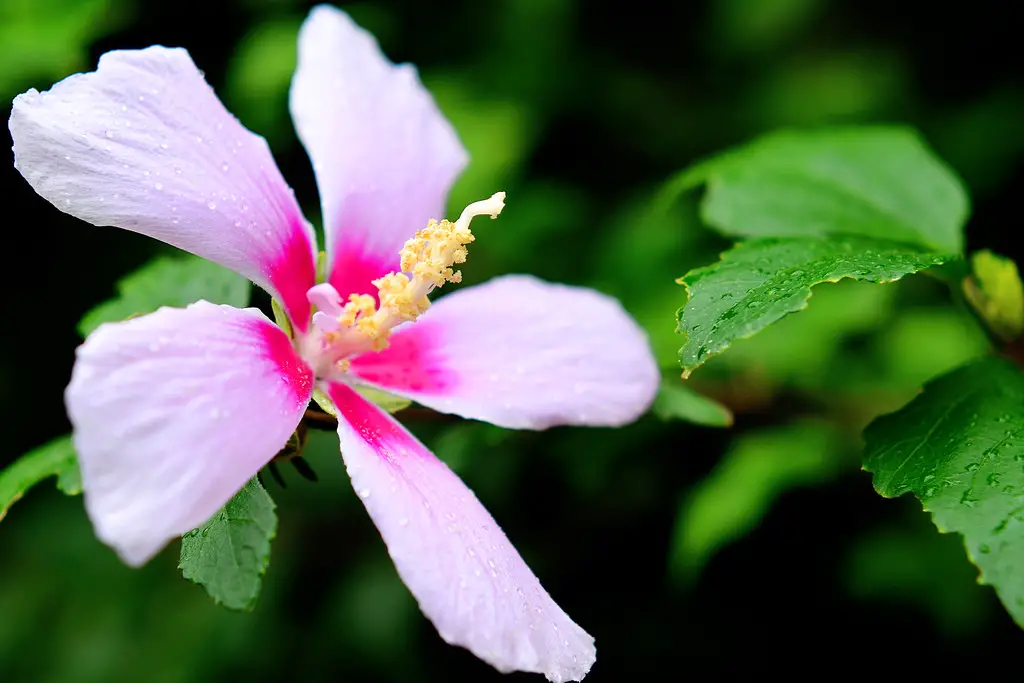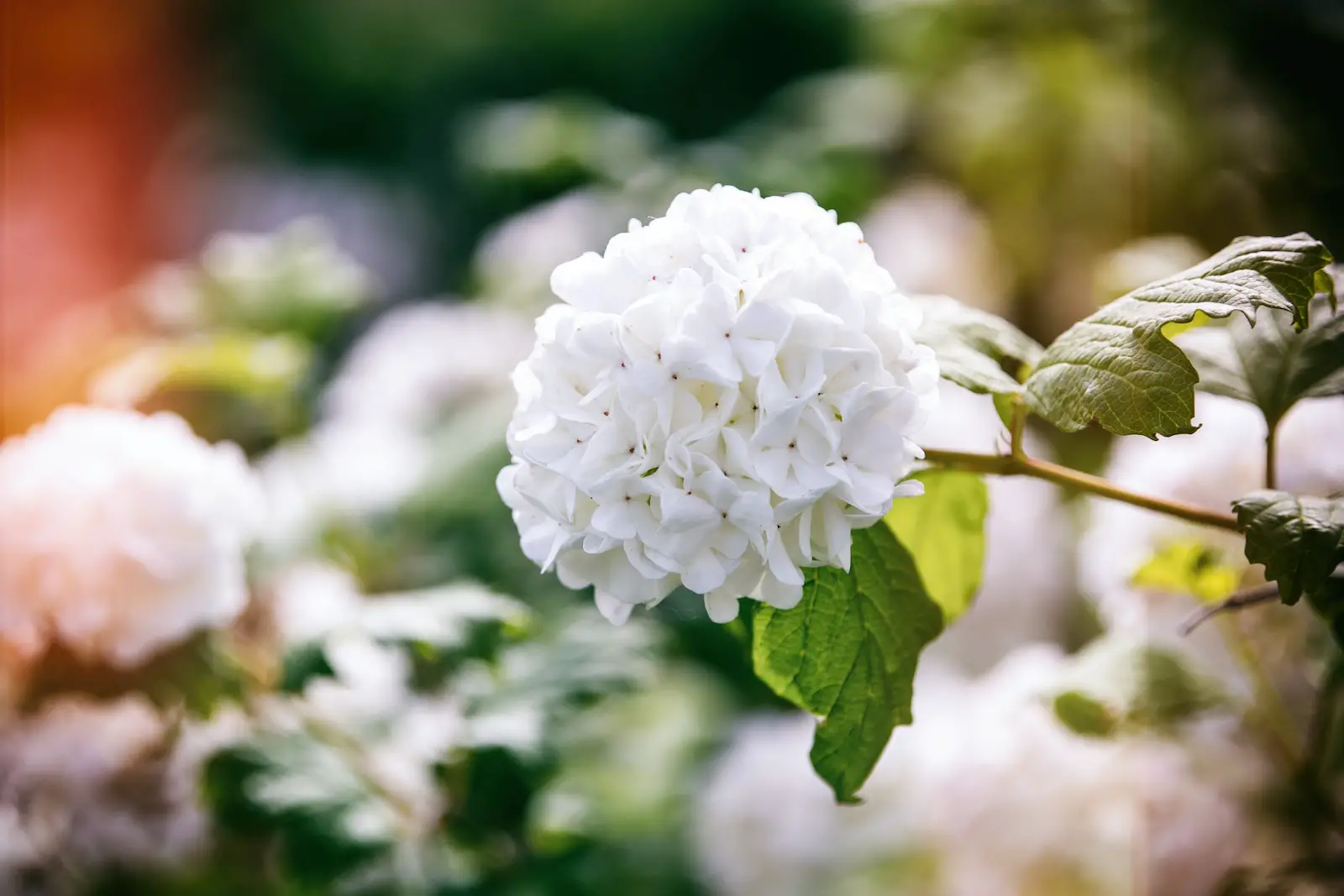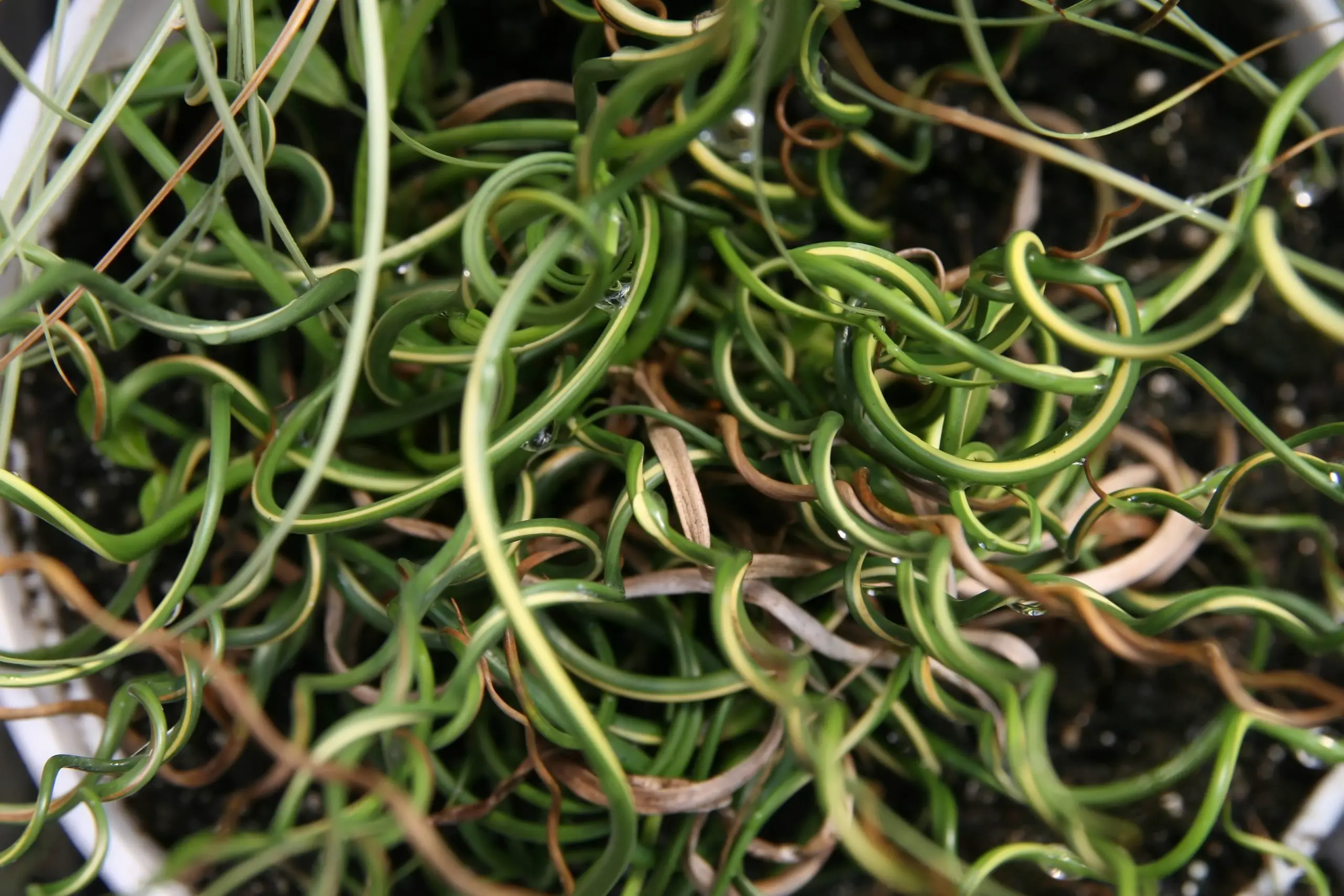Sumac is a genus of flowering plants that belong to the family Anacardiaceae. Known for their vivid red berries and colorful fall foliage, sumac plants can be found in various parts of the world, including North America, Africa, and the Middle East. Some varieties are used in landscaping for ornamental purposes, while others have culinary or medicinal applications.
Despite the intimidating appearance of some sumac species, many are prized for their ease of care and resilience to various environmental conditions. They grow in different habitats, from dry hillsides to lush gardens, and their bright berries provide a striking contrast to the landscape.
There is a common misconception that all sumac plants are poisonous due to the existence of poison sumac, a toxic species. However, many sumac species are harmless and even beneficial in different ways. Whether you are considering sumac for gardening or culinary use, understanding its various aspects will help you appreciate this remarkable plant.
| Aspect | Details |
|---|---|
| Common Names | Sumac, Staghorn Sumac, Smooth Sumac |
| Botanical Name | Rhus |
| Family | Anacardiaceae |
| Plant Type | Shrubs and small trees |
| Mature Size | 5-20 feet depending on species |
| Sun Exposure | Full sun to partial shade |
| Soil Type | Adaptable to various soil types |
| Hardiness Zones | 3-9 depending on species |
| Native Area | North America, Africa, Middle East |
Sumac Care
Sumac plants are known for their hardiness and can thrive in various environmental conditions. They are drought-resistant and can grow in poor soils, making them suitable for areas with challenging growing conditions. Though sumac is often considered a low-maintenance plant, paying attention to its location, soil quality, and watering needs will ensure a healthy growth.
Regular pruning is necessary to keep the plant in shape, especially if it’s grown as a shrub in a garden setting. It’s also advisable to monitor for any signs of disease or pests, although sumac is typically quite resistant to common garden problems.
Light Requirement for Sumac
Sumac thrives best in full sun but can tolerate partial shade. The ample sun exposure ensures bright foliage and helps in the production of the vibrant red berries. Planting in a sunny location will maximize the growth and visual appeal of the sumac.
Soil Requirements for Sumac
One of the attributes that make sumac a favorite among gardeners is its adaptability to various soil types. From sandy soils to clay, sumac can grow in a wide range of conditions. However, well-draining soil is preferred to prevent waterlogged conditions.
Water Requirements for Sumac
Sumac is drought-resistant and can survive with minimal watering once established. Regular watering is necessary for the first year to help the plant establish its root system. After that, occasional watering during extremely dry periods is generally sufficient.
Temperature and Humidity
Sumac can adapt to a wide range of temperatures, making it suitable for different hardiness zones. However, some species might be more sensitive to extreme cold. Sumac does not have specific humidity requirements and can thrive in both humid and arid climates.
Fertilizer
Sumac typically does not require regular fertilization. If the soil is particularly poor, a slow-release fertilizer applied in the spring may encourage growth. But in general, sumac can thrive even in nutrient-poor soils.
Pruning Sumac
Pruning is essential to maintain the shape of the sumac, especially if it’s grown for ornamental purposes. Regular pruning can also help control its spread, as some species are known to be aggressive growers. Cut back any unwanted suckers and shape the plant as desired in late winter or early spring.
Propagating Sumac
Sumac can be propagated through seeds, cuttings, or by dividing suckers. The method chosen depends on the particular species and the gardener’s preference. Propagation by cuttings or suckers tends to be the easiest and most common method.
How To Grow Sumac From Seed
Growing sumac from seed is possible but requires some patience. The seeds should be stratified in the fridge for a few weeks before planting. Sow the seeds in well-draining soil and provide regular water until the seedlings are established.
Common Pests & Plant Diseases
Aphids
Tiny insects that can be managed with insecticidal soap or neem oil.
Scale Insects
Handled by pruning infected areas and using insecticidal soap.
Common Problems With Sumac
Overgrowth
Some species can be aggressive growers. Control spread by regular pruning and removing suckers.
Poor Berry Production
Inadequate sunlight may lead to reduced berry production. Ensure proper light exposure.
Fungal Diseases
Rare but possible, typically in overly wet conditions. Provide well-draining soil and avoid overwatering.
Pro Tips
- Choose the right species of sumac for your purpose, as some are used for culinary purposes, while others are ornamental.
- Be aware of poison sumac (Toxicodendron vernix) and avoid confusing it with non-toxic varieties.
- Utilize sumac’s ability to stabilize soil, making it ideal for erosion control on slopes.
- Harvest the red berries of edible sumac species for use as a spice or flavoring.
- Plant sumac in groups to create an attractive visual impact, especially during fall when the leaves change color.


